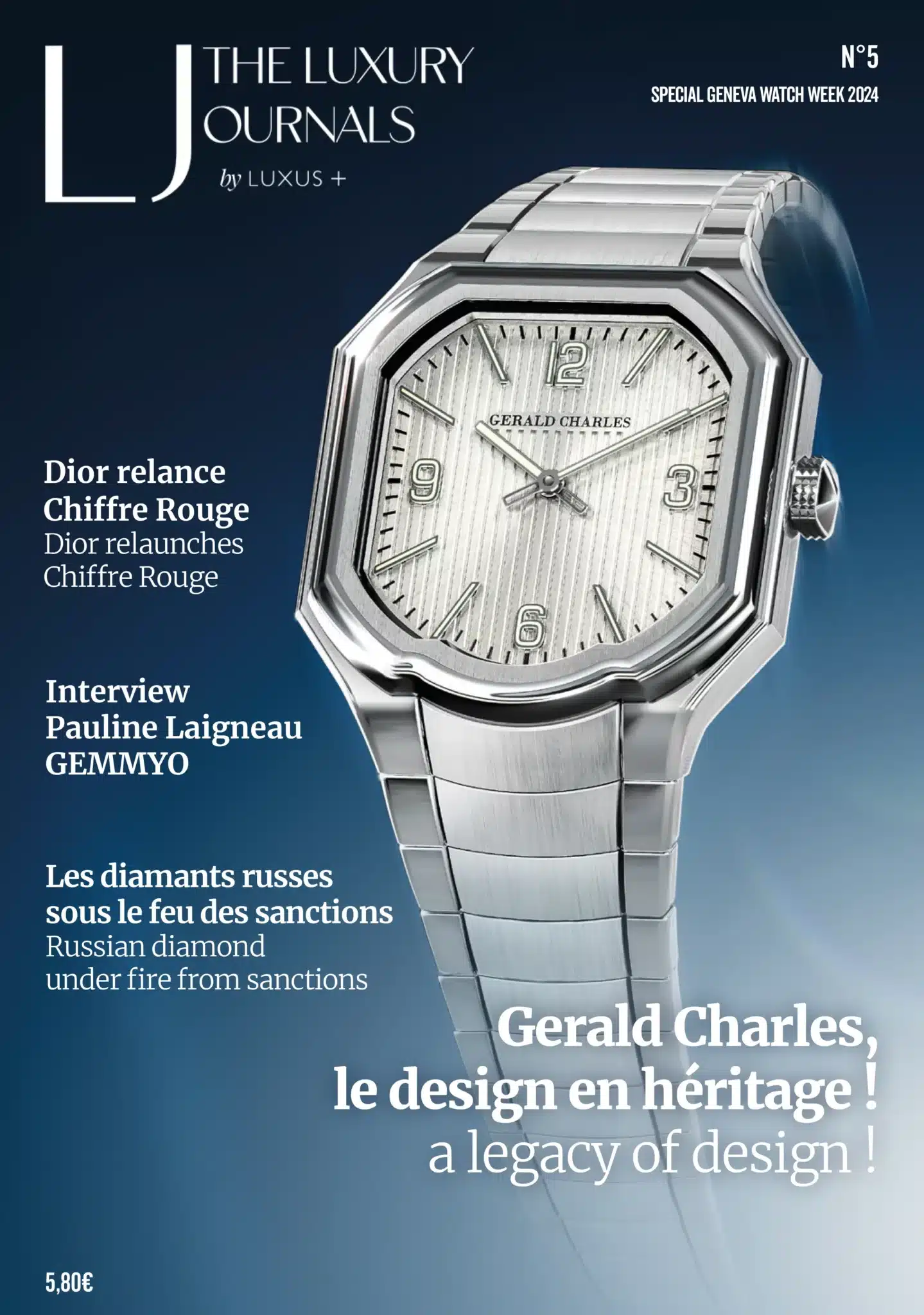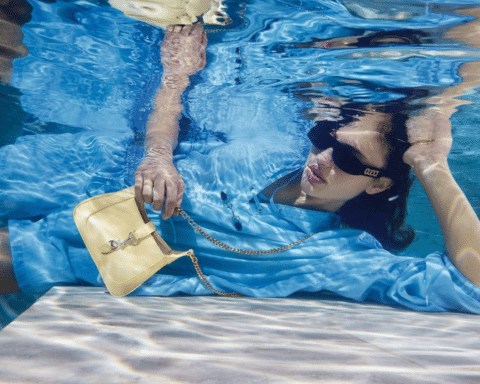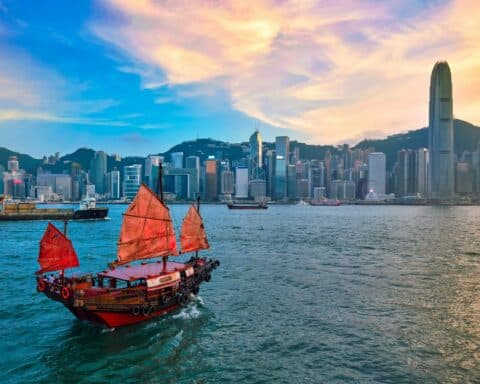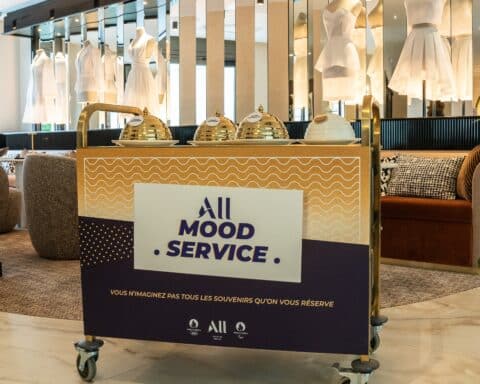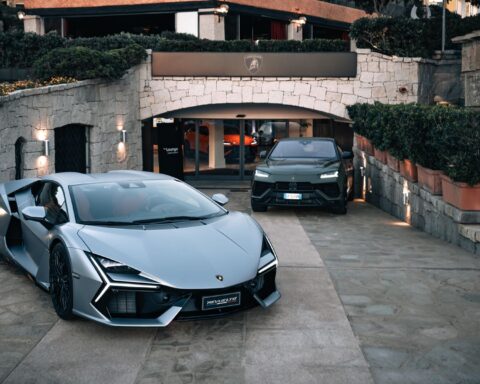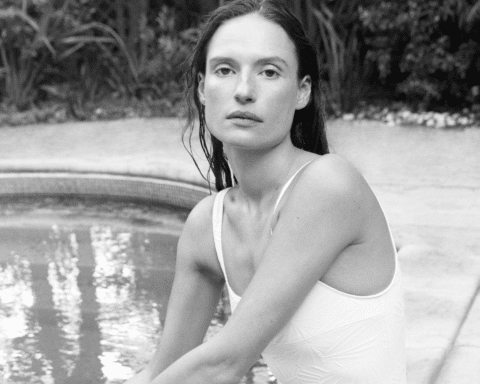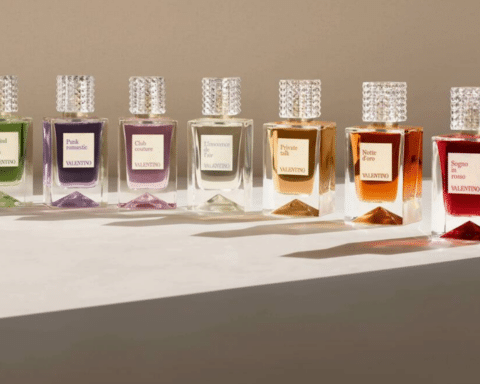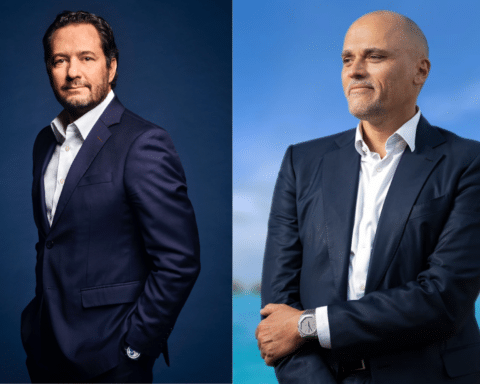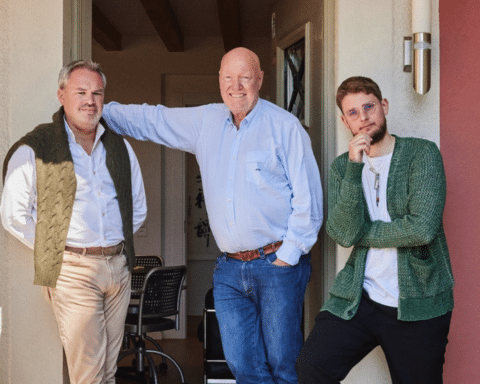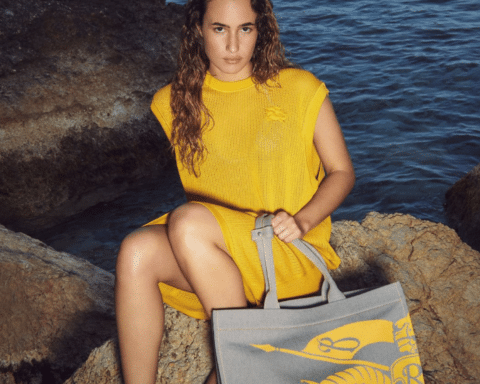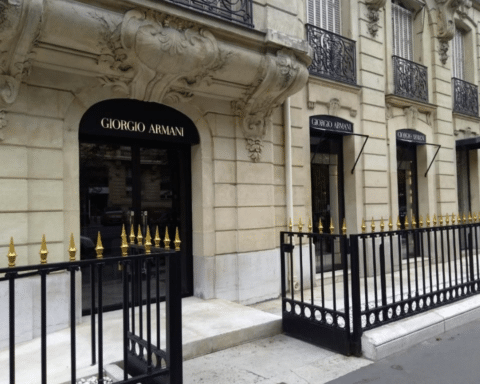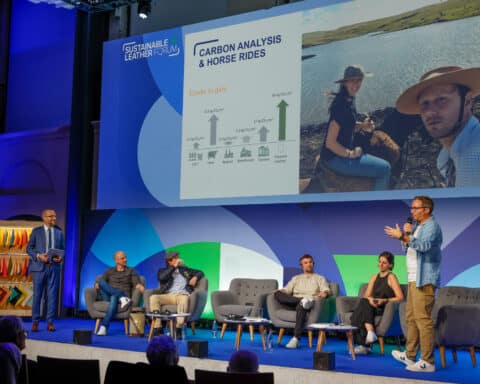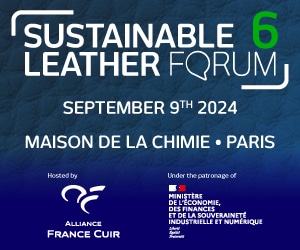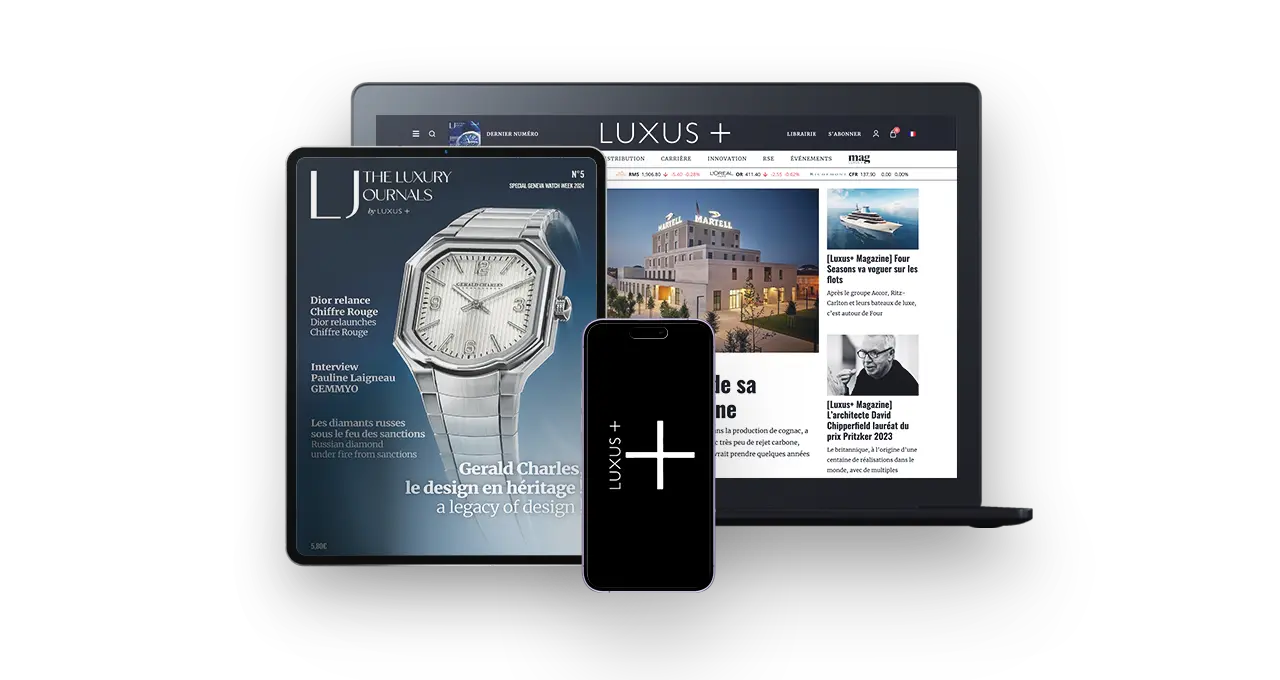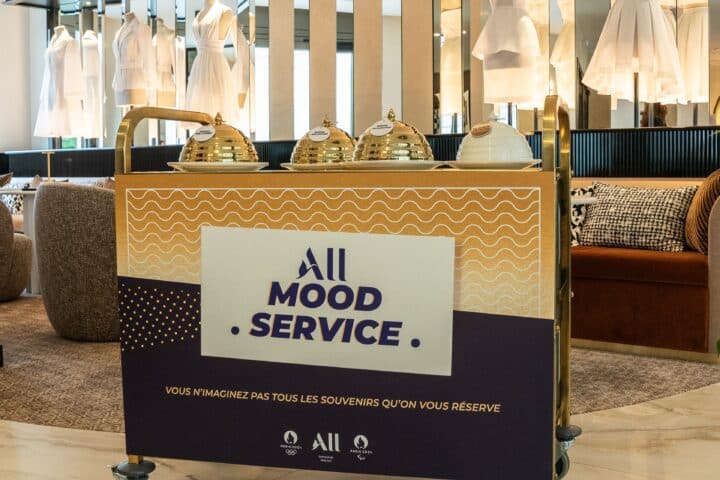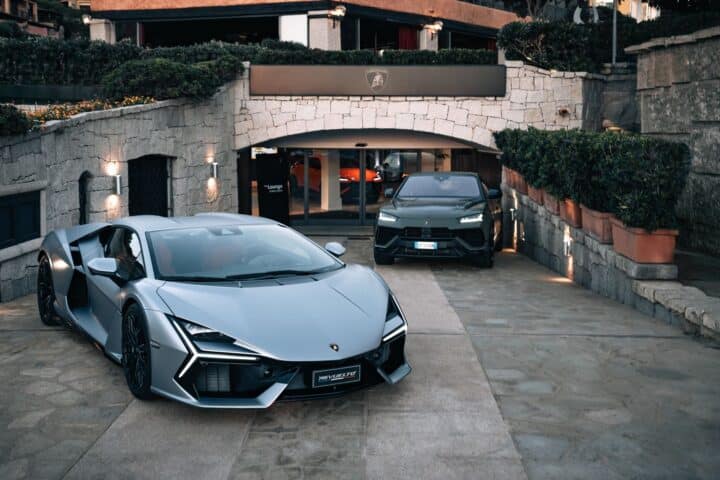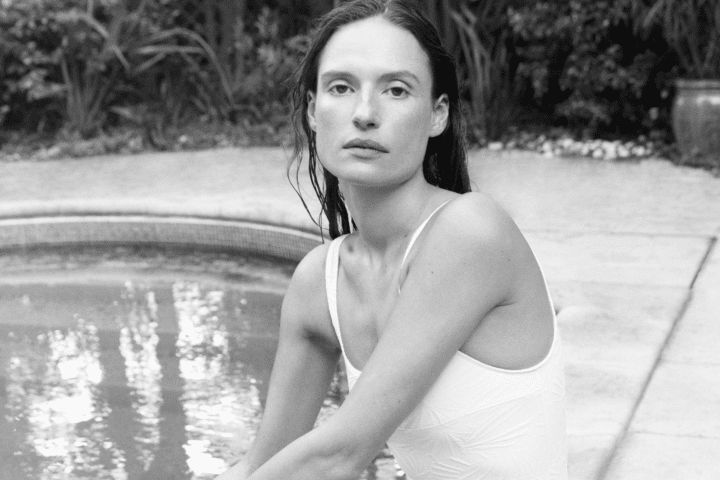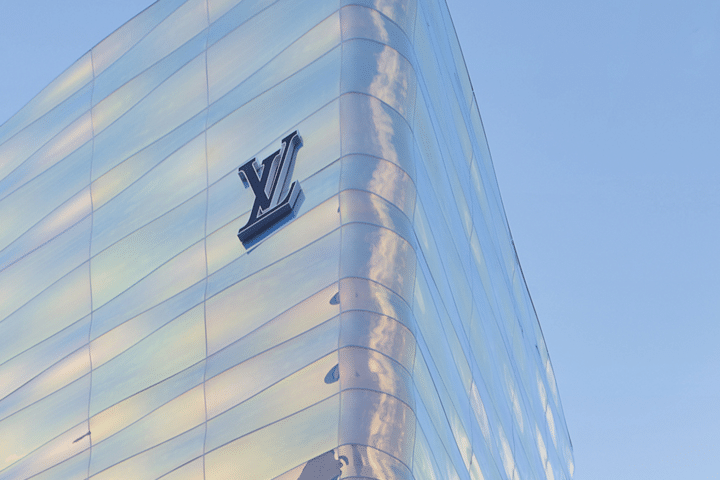Diageo and LVMH are undoing their distribution agreement signed in France twenty-five years ago. The world’s leading spirits company will take over distribution of a number of its brands in France, without however ending its partnership with Moët Hennessy.
A clear commitment to independence. After Brown-Forman in 2014, Campari in 2020, and most recently Beam Suntory, which will begin its own operations from January 1, 2024, Diageo could be the next major spirits group to establish its own distribution subsidiary in France. Moët Hennessy Diageo (MHD), the joint venture responsible for distributing the spirits of LVMH subsidiary Moët Hennessy and those of Diageo, has announced that its structure is to evolve.
The world leader in the spirits industry has expressed its desire to revise the terms of its collaboration with LVMH’s wines and spirits division, which has lasted since 1998. Diageo will resume direct distribution of part of its extensive portfolio, and may also sell its 34% stake in Moët Hennessy.
“In the context of the evolution of its European distribution strategy, Diageo has decided to evolve the portfolio of brands marketed by Moët Hennessy Diageo (MHD) in France. From March 2024, Diageo will gradually take over direct management of part of this portfolio”, says Laure Baume, President and CEO of Moët Hennessy Diageo France.
However, the MHD CEO reiterated that the two groups remain committed to each other, via their contract signed twenty-five years ago.
“Moët Hennessy and Diageo nevertheless remain committed to a long-term partnership within MHD, which will continue to distribute the Moët Hennessy portfolio as well as some of Diageo’s most iconic brands on the French market.”
A marriage of convenience
It is legitimate to wonder why such an announcement was made only a month before the start of commercial negotiations. It is likely that the tense economic context, marked by rising raw material and packaging prices (notably the sharp rise in the cost of glass), as well as falling household purchasing power, exerted a strong influence on Diageo’s decision.
France’s LVMH and Britain’s Diageo intertwined their fates in the early 1990s when Bernard Arnault disrupted the mega-merger between Guinness and GrandMet, which led to the creation of Diageo in 1997. This audacious takeover captivated financial commentators for many months.
“One of the consequences of this cross-Channel duel was that the new Diageo and Bernard Arnault’s LVMH finally agreed to create a joint venture, Moët Hennessy-Diageo (MHD), to jointly distribute their spirits brands in France”, recalls a financial analyst.
“It was a marriage of reason rather than love,” says one market observer. “It’s often said that marriages of reason are more likely to last. This was not one of them. No doubt the two sides of MHD have different stakes”.
Diageo’s product portfolio, which includes brands such as Captain Morgan rum, Tanqueray gin, Smirnoff vodka, J & B whiskies, Cardhu, The Singleton, Knockando, etc., is thus more geared towards a volume and mass-market strategy. Moët Hennessy’s portfolio of prestigious champagnes and spirits, on the other hand, is geared more towards out-of-home catering (OOH) and wine merchants.
Marketing to be defined
Read also>PERNOD RICARD: QUARTERLY RESULTS WEIGHED DOWN BY CHINA AND THE UNITED STATES
Featured photo : ©Press


